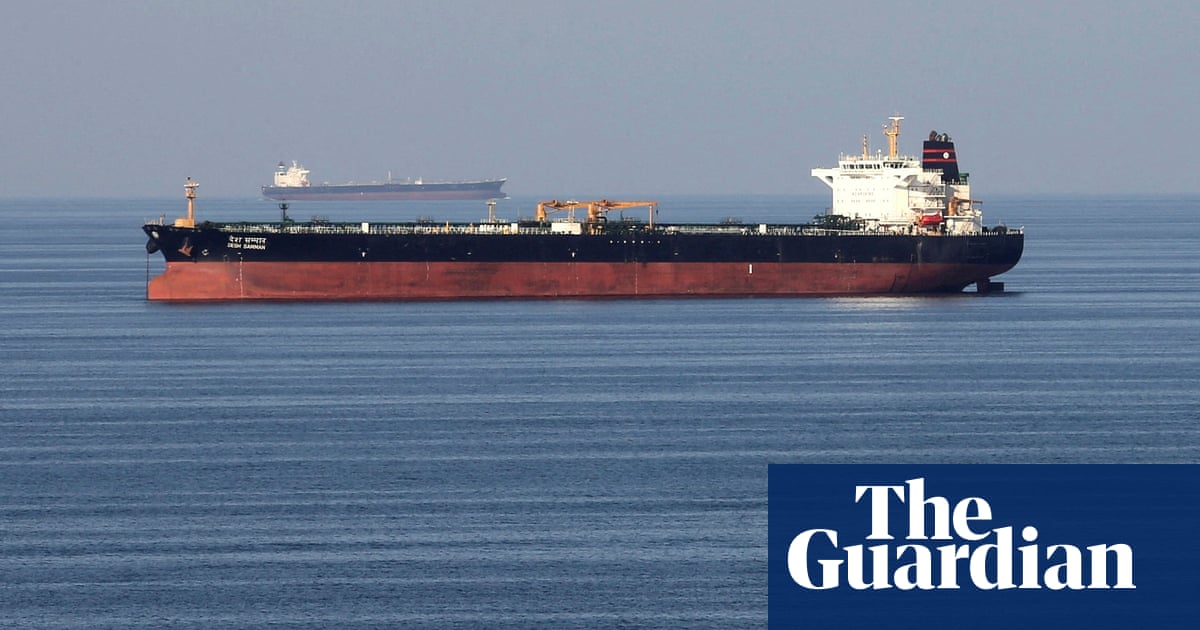The Strategic Significance of the Strait of Hormuz in Global Commerce

In the intricate web of global trade routes, the Strait of Hormuz stands as a pivotal maritime chokepoint, whose significance transcends mere geography. This narrow passage, nestled between the Persian Gulf and the Gulf of Oman, serves as a critical artery for the transportation of oil, a lifeline for economies worldwide. Its strategic importance is underscored by the sheer volume of oil that traverses its waters daily, making it a focal point of international diplomacy and economic stability.
The Strait of Hormuz is more than just a geographical feature; it is a vital conduit for approximately a fifth of the world's petroleum. This narrow channel, at its narrowest point only 21 miles wide, is the gateway for oil tankers departing from the rich oil fields of the Middle East. The significance of this strait is magnified by the fact that it is the only sea passage from the Persian Gulf to the open ocean, making it an indispensable route for the global energy supply chain.
The geopolitical landscape surrounding the Strait of Hormuz is as complex as it is crucial. The nations bordering this maritime passage, including Iran, Oman, and the United Arab Emirates, are key players in the global oil market. The strait's strategic location has often placed it at the center of international tensions, with regional conflicts and diplomatic standoffs frequently threatening to disrupt the flow of oil. The potential for conflict in this region underscores the fragility of global energy security and the delicate balance of power that governs the strait.
The implications of any disruption in the Strait of Hormuz are profound. A blockage or significant threat to the passage could lead to a dramatic spike in oil prices, with ripple effects felt across the global economy. Such a scenario would not only impact energy markets but also have broader economic consequences, affecting everything from transportation costs to inflation rates. The international community, therefore, has a vested interest in ensuring the security and stability of this vital maritime corridor.
In conclusion, the Strait of Hormuz is not merely a geographical feature but a linchpin in the global trade network. Its significance is reflected in the constant vigilance of international powers to maintain open and secure passage through its waters. As the world continues to grapple with energy demands and geopolitical uncertainties, the Strait of Hormuz remains a critical focal point in the ongoing narrative of global commerce and diplomacy.
🔮 Fortellr Predicts
Confidence: 78%
The recent decision by President Donald Trump to launch strategic military operations targeting Iranian nuclear sites marks a pivotal escalation in the ongoing geopolitical tensions involving the United States, its allies, and Iran. This aggressive military action, jointly undertaken with Israeli forces, raises the prospect of a substantive retaliatory response from Iran. Historically, Iran has leveraged the geopolitical choke point of the Strait of Hormuz as a bargaining tool, threatening its closure to exert pressure on the global economic system and retaliate against foreign aggression. Given the strategic significance of the strait, through which approximately 20 million barrels of oil are transported daily, its closure or significant restriction could induce sharp rises in global oil and natural gas prices, destabilizing international markets. Such developments are likely to draw swift diplomatic interventions from the international community, particularly from nations heavily reliant on steady oil supplies, alongside potential military support to safeguard this vital artery of commerce.
Iran's potential closure of the strait or escalatory military actions could lead to a rapid militarization of the region. Historical precedents, such as the 1980s tanker wars, underscore the high risks associated with military confrontations in these waters. The United States may respond by increasing its naval presence in the region, reinforcing security measures around key maritime routes, or even escorting commercial vessels through the strait. This would further strain U.S.-Iranian relations and potentially draw in other regional actors, such as Saudi Arabia and the United Arab Emirates, both directly affected by disruptions in oil flows.
Moreover, the involvement of Israel in these military operations could exacerbate regional tensions, potentially provoking retaliatory measures from Iranian proxy groups such as Hezbollah, increasing the risk of a broader regional conflict. Such developments would likely prompt a heightened security posture from neighboring countries and may trigger diplomatic efforts from powers like Russia and China, both keen to maintain stability in energy markets.
The domestic impact within Iran could be profound, straining regime stability as economic pressures worsen amid sanctions and potential internal unrest. Conversely, increased nationalistic fervor could consolidate support for the regime, complicating diplomatic efforts for de-escalation. Global markets will keenly observe insurance premiums for shipping through the Strait of Hormuz, fluctuations in crude oil prices, and diplomatic advisories, viewing these as critical indicators of potential disruptions.
In response to these tensions, the United Nations and other diplomatic bodies are expected to convene emergency sessions to de-escalate the crisis, alongside intensified backchannel negotiations involving regional stakeholders and global powers. Ultimately, the actions taken in response to this incident will shape the strategic and economic landscape of the region for years to come, with significant implications for global energy security and geopolitical alignments.